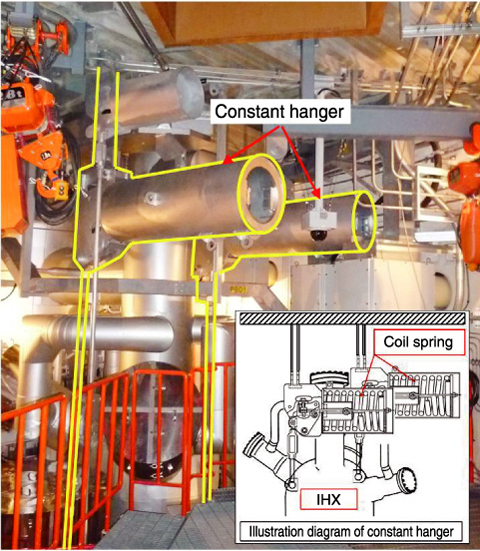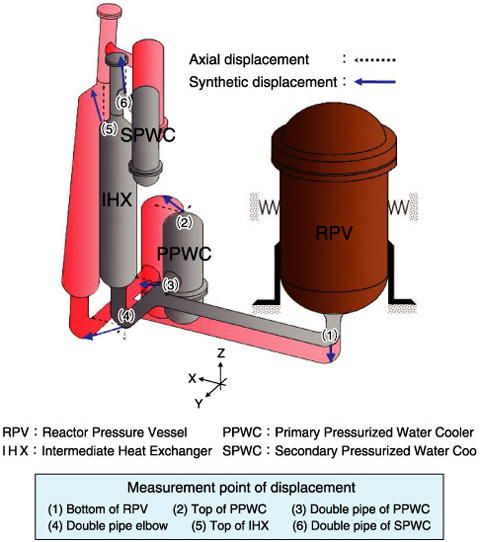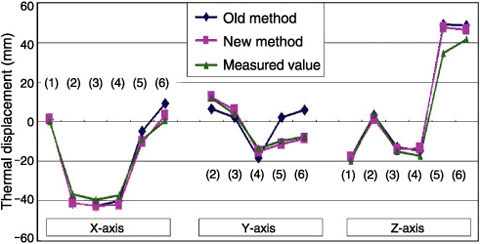
Fig.14-19 Three-dimensional floating support system

Fig.14-20 Measured value of displacement behavior

Fig.14-21 Measurement and analysis of thermal displacement
In the High Temperature Engineering Test Reactor (HTTR), the primary coolant temperature rises to 950 °C in the reactor and is returned to the reactor at 400 °C. As the thermal displacement of the high temperature component and piping shows complex behavior, the structural support system must permit thermal expansions and must withstand earthquakes.
To make the primary cooling system in HTTR more compact, a three-dimensional floating support system has been adopted, which consists of constant hangers, rigid hangers, and an oil snubber (Fig.14-19). By means of the oil snubber, this system permits slow movement such as thermal expansion and restrains sudden movement such as earthquakes. We measured the thermal displacement of the high temperature component and piping in the HTTR (Fig.14-20).
The intermediate heat exchanger (IHX) is a long structure, so there are many intervening support structures installed around it. We have been developing an evaluation method for the thermal expansion behavior of the high temperature component and piping. In past methods, the sliding speed of the oil snubber was modeled at 1 mm/sec. In the HTTR, the temperature change in operation is slow, and the sliding resistance force becomes 4 to 5 mm/day.
Analysis was performed using ABAQUS under the following conditions: the component and piping were modeled by a beam element; hangers were modeled by a spring element; and the resistance force of the oil snubber was zero. The horizontal displacement (X-axis and Y-axis) effect of the oil snubber is analyzed with high accuracy. The Y-axis displacement, at (5) and (6), matches the measured value in the new method, and the prediction accuracy of the analysis was improved by 10% (Fig.14-21).
The thermal displacement behavior evaluation method we established contributes to the technological development of a high-temperature gas reactor, and demonstrates the practicality of the three-dimensional floating support system.